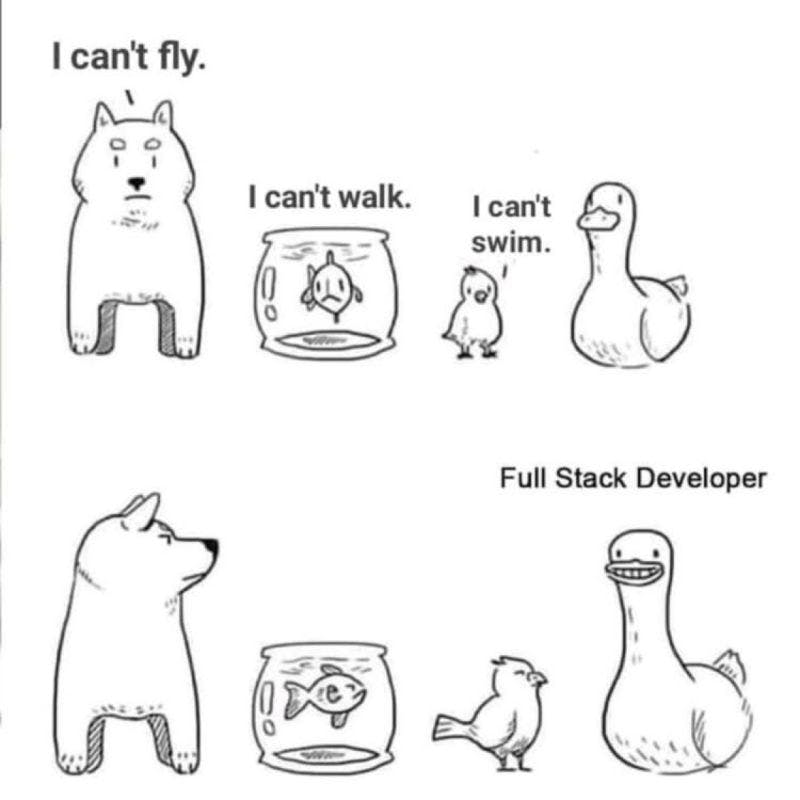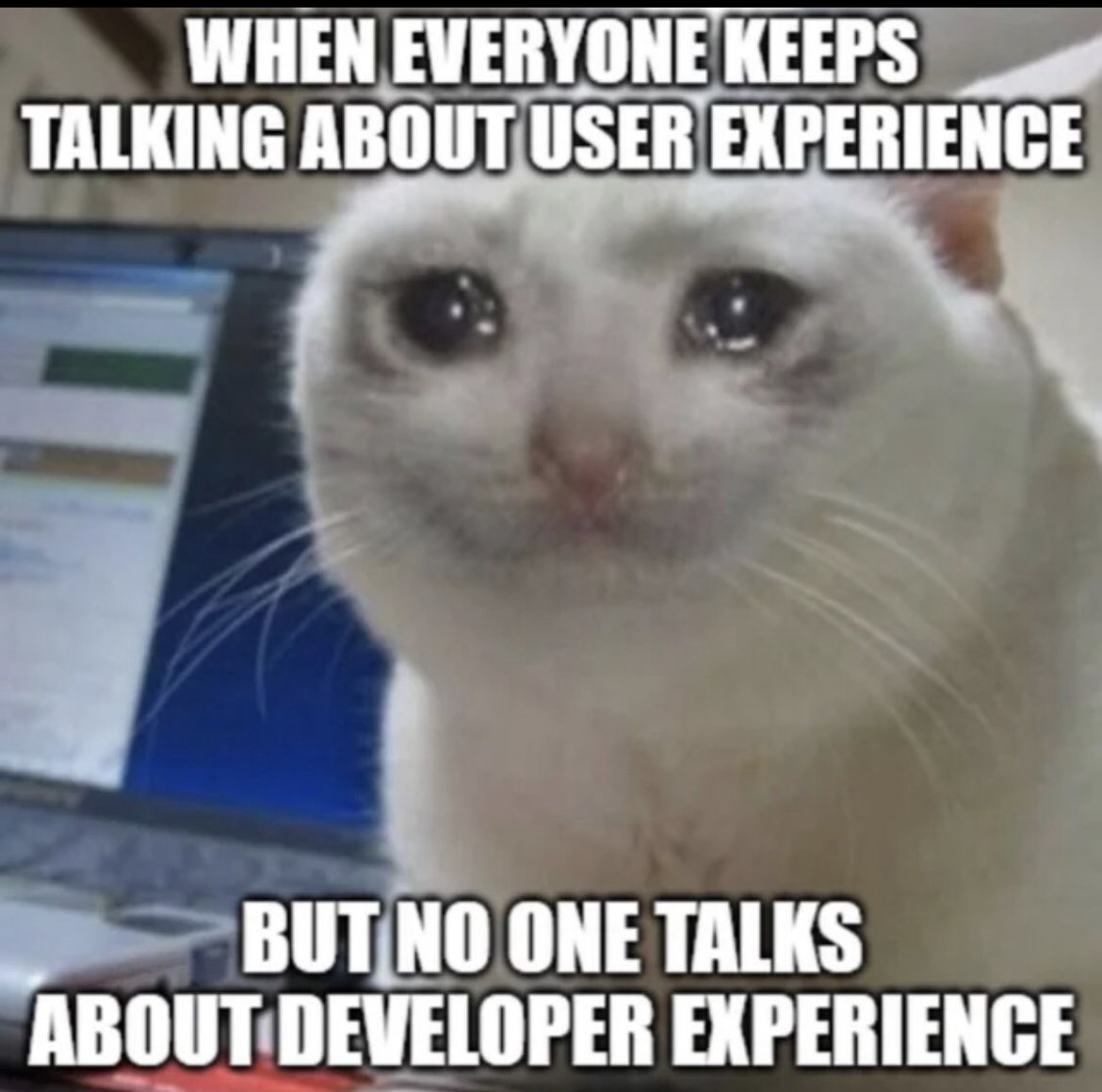Blog
The Beauty of Randomness:
Why True Chaos Isn't Always the Answer

May 2025
- A while back, someone at Apple mentioned that users were complaining about Apple Music's shuffle feature, not because it wasn't random, but because it felt too random. People expected variety, yet they were hearing the same artist or genre back-to-back. So, Apple made shuffle less random to make it feel more random..
- This got me thinking about randomness in software and life. Whether it's machine learning models, recommendation algorithms, or game mechanics, pure randomness often doesn't create the best user experience. We crave patterns, balance, and the illusion of unpredictability that still makes sense.
- As working in software, I've seen this in action. Whether it's designing AI-powered systems, optimizing ROS2-based navigation, or even structuring databases, randomness is a tool, not the goal. The best experiences come when we embrace curated chaos, blending order with the unexpected.
Designing for Performance:
Small Details, Big Impact

March 2025
- Performance in web development isn't always about massive overhauls. Sometimes it's about shaving milliseconds off load times by optimizing assets, compressing images, or choosing the right animation approach.
- I've applied these micro-optimizations across various projects, minifying scripts, lazy-loading media, and tweaking font delivery, to improve the user experience significantly.
- These small wins stack up, making your application not just faster, but more enjoyable and accessible for all users.
Debugging Like a Pro:
Mental Models for Complex Systems

January 2025
- Debugging isn't just a skill, it's a mindset. I've found that treating bugs as behavior to observe instead of code to blame makes me more productive.
- Whether debugging ROS2 nodes or full-stack web apps, I lean on mental models like state tracing, binary isolation, and flow visualization to dissect problems effectively.
- Clear thinking, structured logging, and hypothesis-driven testing go a long way in making debugging less painful and more insightful.
Why I Love Python:
One Language, Multiple Worlds

November 2024
- Python powers both my embedded robotics code and my Django web backends. That's the beauty of it, it's a language that bridges contexts.
- With clean syntax and massive libraries, it's become my go-to tool for automation, API dev, ROS2 nodes, and quick prototyping.
- Its flexibility is a superpower. In one week I might use it for NumPy-powered data crunching, web scraping, and driving a robotic arm, all with the same foundational skills.
Terminal Magic:
Dev Tools & Automations That Save My Day

September 2024
- My macOS Terminal is a battlestation, Zsh scripts, aliases, Brew workflows, GitHub CLI, and a customized prompt that keeps me focused.
- From opening projects with one command to deploying with a bash script, these tools let me stay in flow longer and context-switch less.
- I believe every dev should have a dotfiles repo and a CLI workflow they genuinely enjoy.
Building APIs:
For Humans and Machines

July 2024
- I design REST APIs that are just as easy for frontend devs to use as they are for automation scripts to consume.
- Good naming, predictable responses, proper status codes, and OpenAPI docs go a long way in reducing support headaches.
- Whether it's user auth or ROS2 sensor logs, consistency and clarity are key to API design.
Microinteractions:
Tiny Details That Transform UX

May 2024
- Things like button feedback, scroll easing, or loading animations might seem small, but they shape how users feel.
- I use Framer Motion and Tailwind to build these into my React apps, adding personality without compromising performance.
- Well-timed motion can make interfaces feel alive and intuitive. And it's surprisingly easy to do well with the right tools.
ROS2 + Django:
Real-time Web Interfaces for Robots

March 2024
- Combining ROS2 and Django was a challenge, but also a great way to bring robot data to the browser in real time.
- I built a singleton node manager and used async views to process logs, camera feeds, and command feedback from the rover in our ARCh robotics team.
- This hybrid setup gave non-tech teammates a user-friendly UI while letting us monitor and control the bot from anywhere.
Project Structure:
Organizing Large Codebases for Sanity

January 2024
- Messy folders cost you time and context. I follow a clear naming and separation convention for every stack I work in.
- Whether it's component-based structure in React or a modular app layout in Django, structure helps you onboard, debug, and scale faster.
- Good project hygiene is underrated. It's not glamorous, but it makes you a better teammate and architect.
Side Projects:
What Makes Them Stick?

November 2023
- I've started dozens of projects, but only some make it past the finish line. Why?
- The ones that stick solve a real need, spark personal curiosity, and stay scoped enough to build momentum early.
- Garmin Watch Finder is a good example: clear goal, tight UX, satisfying result. That's what makes a side project succeed.
Reinventing the Static Site:
Why I Switched to React + Vite

September 2023
- Static HTML/CSS pages were a great way to start, but I quickly ran into limits as my projects grew.
- Switching to Vite + React gave me hot reloads, reusable components, and powerful state handling, all while staying fast.
- This shift let me build a more dynamic, maintainable site that still loads like a static one. Best of both worlds.
Embracing the Full Stack:
Front-end to Back-end with JavaScript and Node.js

August 2023
- As web developers, we often begin our journey in the visual world of HTML, CSS, and JavaScript, crafting interactive and engaging websites. However, the true magic happens when we extend our expertise to the server side with technologies like Node.js, creating a seamless full-stack experience.
- JavaScript, a language once confined to the browser, has evolved with the introduction of Node.js. It allows us to execute code on the server side, enabling us to build scalable network applications. Node.js's non-blocking, event-driven architecture caters to both lightweight real-time applications and heavy data-driven sites.
- Transitioning from front-end to back-end development with JavaScript is a smooth process. The language's uniformity across the stack reduces context switching and increases development efficiency. Moreover, the vast npm ecosystem offers a plethora of libraries and frameworks, streamlining complex tasks and fostering innovation.
- For developers looking to expand their horizons beyond the client side, Node.js is a gateway to full-stack development. It empowers developers to control the entire web development process, from the user interface to the database, with a single language.
- In embracing both JavaScript and Node.js, we unlock new potentials, creating dynamic and responsive web applications. The journey from front-end to back-end is not just about learning a new technology, but about becoming versatile developers capable of tackling the full spectrum of web development challenges.
Designing with Empathy:
The Intersection of UI and UX in Web Development

August 2023
- In the digital landscape, the terms UI (User Interface) and UX (User Experience) are often mentioned in tandem, but they encompass distinct aspects of the user's journey. UI design focuses on the visual elements users interact with on the screen, while UX design addresses the overall feel and ease of use of the application.
- As web developers, we wield the power to shape these experiences. An intuitive UI is not just about aesthetic appeal; it's about creating a seamless and accessible path for users to navigate. This requires an understanding of color theory, typography, and layout principles, all while ensuring that the interface is responsive and adaptive to different devices.
- UX, on the other hand, is about anticipating the user's needs and ensuring that the website is logical, coherent, and enjoyable to use. It involves user research, creating personas, and mapping out user journeys. The goal is to eliminate friction, making the user's interaction with the product as smooth as possible.
- When UI and UX designs are harmoniously integrated, users are provided with a compelling and efficient experience. This synergy is crucial because no matter how beautiful the interface is, if users struggle to navigate through it, the design fails to serve its purpose.
- We must practice empathy, putting ourselves in the user's shoes to understand their frustrations and needs. By doing so, we can create products that are not only visually pleasing but also functionally superior. In conclusion, the intersection of UI and UX is where form meets function, leading to the creation of impactful and memorable web experiences.
The Art of Code:
Graphic Design in the World of Programming

July 2023
- Programming and graphic design may seem like two distinct fields, but in the realm of web development, they converge in a powerful way. As a web developer with an interest in graphic design, I find that understanding the principles of design can profoundly enhance the functionality and aesthetics of a web application.
- Graphic design in web development isn't just about creating pretty pictures; it's about communicating ideas visually and making information easily digestible. A well-designed website can guide users' eyes to the most important information, evoke emotions, and significantly improve usability.
- Incorporating graphic design into programming involves a careful balance. The use of color, space, and typography must align with the site's functionality. Web developers must ensure that the design complements the code, not complicates it. Responsive design is also crucial, as the artwork must adapt to various screen sizes and devices.
- For those who are proficient in programming languages like C++ or Python and are delving into web development, the addition of design skills can be a game-changer. It allows for a more holistic approach to building web applications, where the technical and the creative come together to create something truly unique.
- Moreover, the rise of data-driven applications has made it imperative for developers to present data in an understandable and visually appealing way. This is where graphic design acumen can transform complex data into compelling visualizations.
- In conclusion, when the logic of code meets the creativity of design, the result is a website that not only functions smoothly but also communicates effectively with its audience. The art of code is about bringing together the precision of programming with the beauty of graphic design to create a harmonious and impactful user experience